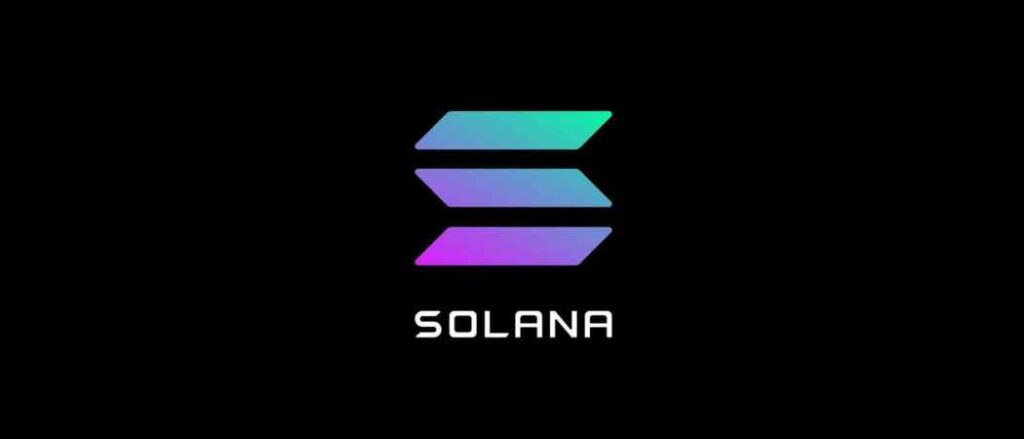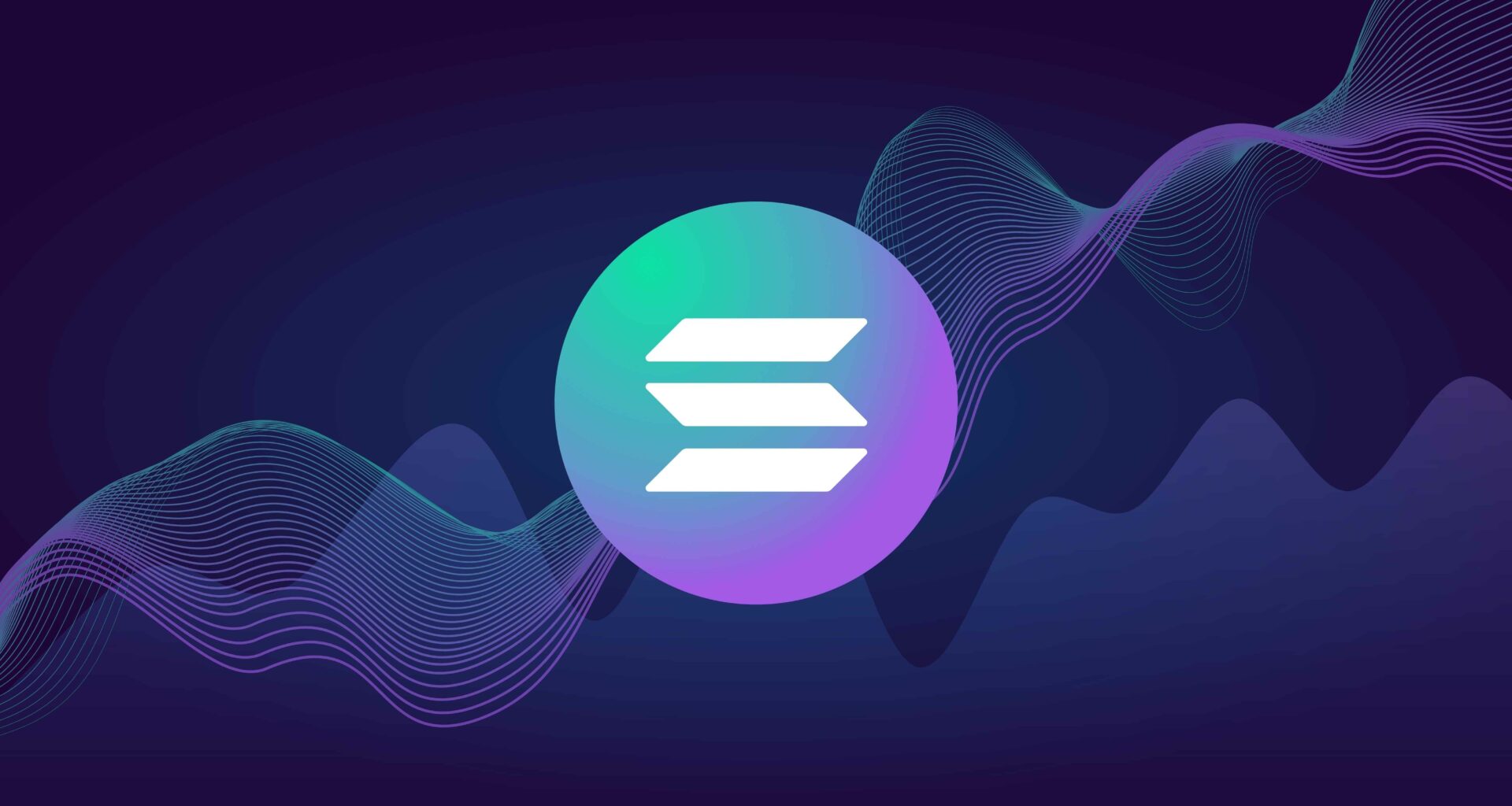Staking is a great way to earn passive income. After all, it just requires holding certain types of digital coins and participating in the currency network. And by staking Solana (SOL), you earn a return on your investment while contributing to the security and stability of your favourite blockchain network.
As such, the Solana network rewards stakers with SOL tokens, which can be sold on exchanges or used to pay transaction fees on the network. Also, when you stake SOL, you are locking your tokens in the network for a certain period, which helps keep it secure.
So, let’s cover all you need to know about staking your SOL to ensure you get the best out of your investment!
What is Solana?

Solana is a public blockchain protocol designed to be fast, scalable, and secure. Launched in March 2020, the platform is also energy-efficient, which makes it more environmentally friendly than other blockchain platforms.
Central to Solana’s appeal is its unique proof-of-history (PoH) function, which works in conjunction with the proof-of-stake (PoS) consensus mechanism, which is generally better in terms of power efficiency and is capable of providing multiple options to penalise malicious, nasty actors.
Solana actually uses a Hybrid Proof-of-Stake (PoS) Model, combining its unique time-based Proof-of-History (PoH) Algorithm with its High-Speed Synchronisation System.
To explain it further, Solana utilises Tower BFT, a practical Byzantine Fault Tolerance optimised for PoH, Turbine; the protocol for block propagation, concurring smart contracts Sealevel, Gulf Stream to manage its mempool, transaction processing unit called Pipelining to achieve single node efficiency, Cloudbreak as its horizontally scaled state architecture, and Archivers which acts as Solana’s distributed ledger store.
All these pieces come together to make the network more efficient and allow it to process transactions at speeds of up to 50,000 TPS.
Solana has been among the most popular blockchains among developers and stakeholders in the DApp space, thanks to these innovations.
SOL is the native token of the Solana blockchain, which is used to secure the network through staking either as a validator node or a delegator. As stakers, SOL holders receive half of the transaction fees and most of the emission of new tokens.
As of writing, the cryptocurrency has a market cap of $5.6 billion. SOL is currently trading at $15.54, down 94% from its all-time high (ATH) hit last year.
What is Staking?

Staking is the process of holding cryptocurrency tokens in a wallet to support the operations of a blockchain network. By doing so, token holders can earn rewards in the form of new tokens, transaction fees, or interest on their holdings. In some cases, staking can also give holders voting rights on the network.
Investors must first deposit their coins into a digital wallet supporting staking to stake coins. Once the coins are in the wallet, the investor can begin participating in the network by helping validate transactions. In return for their contribution, investors earn rewards in the form of new coins.
The amount of cryptocurrency required to stake can vary depending on the network but is typically a small number. For Solana, there is no strict minimum amount of SOL required.
So, staking is a popular way to earn passive income, as it requires little effort once the initial setup is complete. By staking their coins, users can help to secure the network and earn rewards for doing so. The amount of rewards an investor can earn will depend on several factors, including the type of currency being staked, the amount of coins being staked, and the length of time the coins are staked.
While staking can be a great way to earn rewards and support a blockchain network, it also comes with some risks. For example, if a network is attacked or experiences a technical issue, stakers can lose their holdings. Not to mention, if the asset price falls, the staker will lose money. There is also the risk of theft. If the staker’s coins are stolen, they will lose their investment.
How Solana Staking Works
SOL staking is a process by which users can earn rewards for holding and staking SOL tokens.
Users must first deposit their tokens into a staking pool to stake SOL. When staking your Solana, you can choose how much of your SOL you wish to allocate to a validator.
As of August 2022, the Solana network had over 3,400 validators across six continents, including over 1,900 consensus nodes. Reportedly, an average of 95 new consensus nodes and 99 RPC nodes have been joining the network every month since June 2021.
With Solana, staking means you agree to block a certain amount of your chosen SOL for a set amount of time, during which time it is not spendable. This is just enough SOL to make sure that you are able to stake successfully, in addition to paying Solanas staked network transaction fees.
With Solana (SOL), stakes are rewarded with an annual ROI, creating a passive stream of revenue, and this is distributed via regular monthly payments. This allows SOL to deliver high-speed, low-cost experiences for users and developers alike, promising transaction fees below $0.01 and 0.001 seconds of transaction time.
Once the tokens are deposited, they will be locked up for a period of time. During this time, users will earn rewards based on the amount of SOL they have staked.
The more SOL a user stakes, the higher the rewards they will earn. After the staking period is over, users can withdraw their SOL tokens from the pool.
How to Stake SOL?

There are a few different ways to stake SOL, depending on how much you want to stake and how soon you want to start earning rewards.
If you want to stake a small amount of SOL, you can do so directly from your wallet, which supports staking. You have to then choose a validator. And the basic fundamental here is that the more stake delegated to a validator, the more often it is chosen to validate transactions and the more rewards the validator and its delegators earn.
Although you can choose to be the validator yourself, that will incur costs by running and maintaining the systems all the time. And when you pass this responsibility to a delegator, a portion of this cost is paid by you in the form of a fee (known as commission) collected as a percentage of rewards earned.
Moreover, if you want to stake a larger amount of SOL, you can do so through a Stake Pool. After all, Stake Pools allow you to pool your resources with other stakers and earn rewards based on the total amount of SOL being staked.
Another option to stake a very large amount of SOL is to do so through a Staking Service. As such, Staking Services provide a way for you to stake your SOL offline, which means you can earn rewards even if your Wallet is not online.
For instance, Moonstake is a staking platform that allows users to earn rewards by staking their SOL tokens.
Moonstake is a leading global provider of stake services, developing and operating decentralised wallet services for businesses and individuals. Since launching Moonstake in April 2020, Moonstake has worked with several leading platform providers to offer staking services for different PoS networks.
For this, Moonstake has partnered with RockX, one of Solana’s major Node operators. Moonstake has been working with RockX since the beginning of 2021, when they first started supporting the Polkadot (DOT) stake ecosystem.
RockX is a worldwide network of blockchain nodes used for mining, data, and security. It offers risk-adjusted crypto investing to the masses, allowing users to compound their crypto holdings via mining, staking, and other DeFi products. Earlier this year, RockX sponsored a Solana summer camp globally via SolanaFM Explorer, enabling developers at all levels to jumpstart into the Web 3.0 space with development using SOL.
By tapping into long-time strategic partner RockX’s SOL Validator, Moonstake enables its users’ access to the SOL Staking Ecosystem, allowing them to begin earning with a staked SOL.
So, no matter your chosen method, staking SOL is a great way to earn rewards and support the network.
Should You Stake SOL?

The answer to this question depends on several factors, including investment goals, risk tolerance, and time horizon. If you are looking for a high-risk, high-reward investment, staking SOL may be a good option.
However, if you are risk-averse or have a short time horizon, you may want to consider other options. Ultimately, the decision of whether or not to stake SOL should be based on your individual circumstances and investment goals.
Cryptocurrency staking is a relatively new concept and is still evolving. As such, there are still a lot of unknowns when it comes to staking. However, for investors looking for a way to earn a passive income from their digital currency holdings, staking is definitely worth considering.









